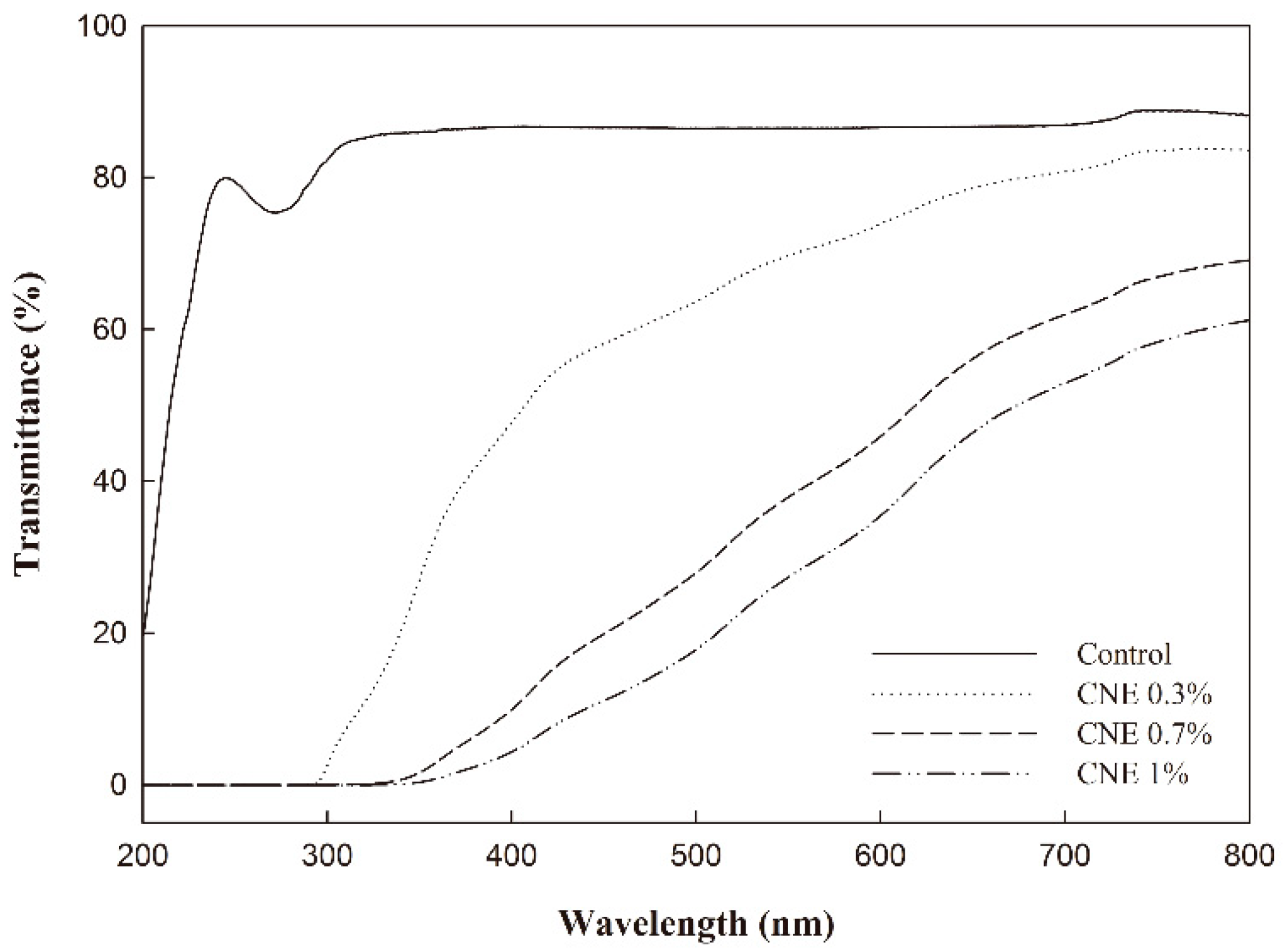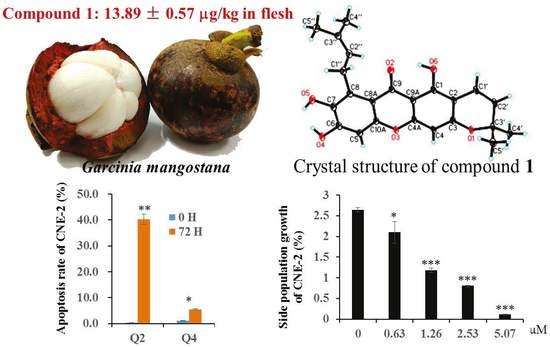

How to cite this URL: Roeslan MO, Reskia SH, Firman FR, Dewa HS, Komariah K, Bustami DA. Effect of Clinacanthus nutans leaf extract on oral mucosal burns and tongue wounds: An in-vivo study. How to cite this article: Roeslan MO, Reskia SH, Firman FR, Dewa HS, Komariah K, Bustami DA.

Keywords: Clinacanthus nutans, oral mucosal burns, tongue wound, wound healing nutans leaves can increase the fibroblast count on day 7 and collagen deposits on day 14 after injury in case of oral mucosal burns and tongue wounds during the wound healing of Sprague Dawley rats. The number of collagen deposits increased on day 14, the highest mucosal burns were observed for the 100 mg/mL group, and in case of tongue wounds, the highest number was observed for the 50 mg/mL group. On day 7, collagen deposits were increased in case of mucosal burns. The maximum mucosal burns were observed for the 100 mg/mL group, whereas the maximum tongue wounds were observed for the 25 mg/mL group.

Results: Results revealed that on day 7, the fibroblast count of mucosal burns and tongue wounds increases. Data were analyzed by analysis of variance and post hoc Tukey’s test with P < 0.05. Oral mucosal burns and tongue wounds were observed on days 7 and 14 based on the fibroblast count and collagen deposits. Methods: Forty male Sprague Dawley rats were divided into negative control and treatment groups with 25, 50, and 100 mg/mL of C. nutans on oral mucosal burns and tongue wounds of rats is investigated. Wound healing is a complex process to restore functions of injured tissues. Wounds in the oral cavity can affect the quality of life. Background: Clinacanthus nutans exhibits antioxidant, anti-inflammatory, antiviral, anticancer, and anti-biofilm activities.


 0 kommentar(er)
0 kommentar(er)
